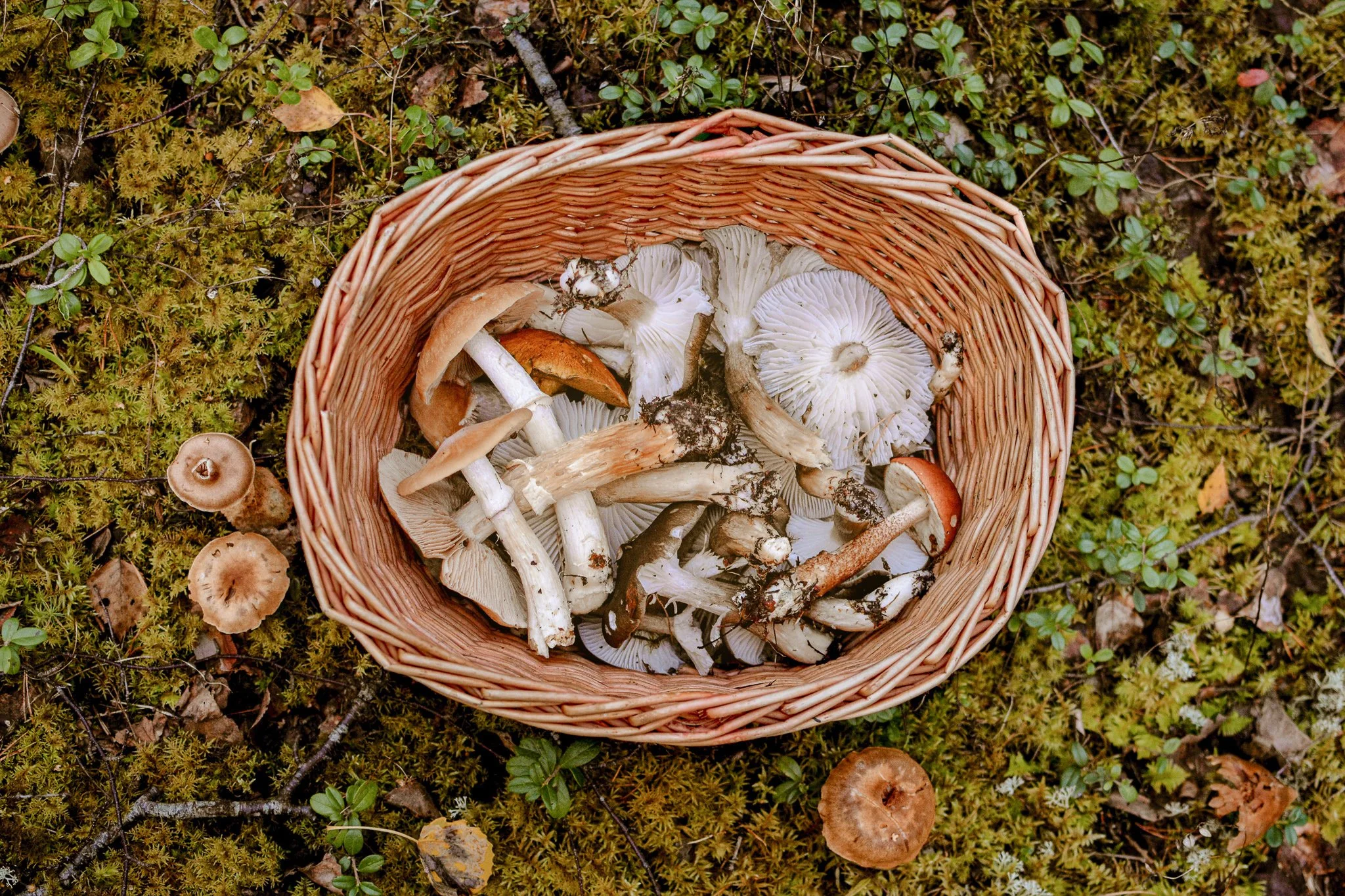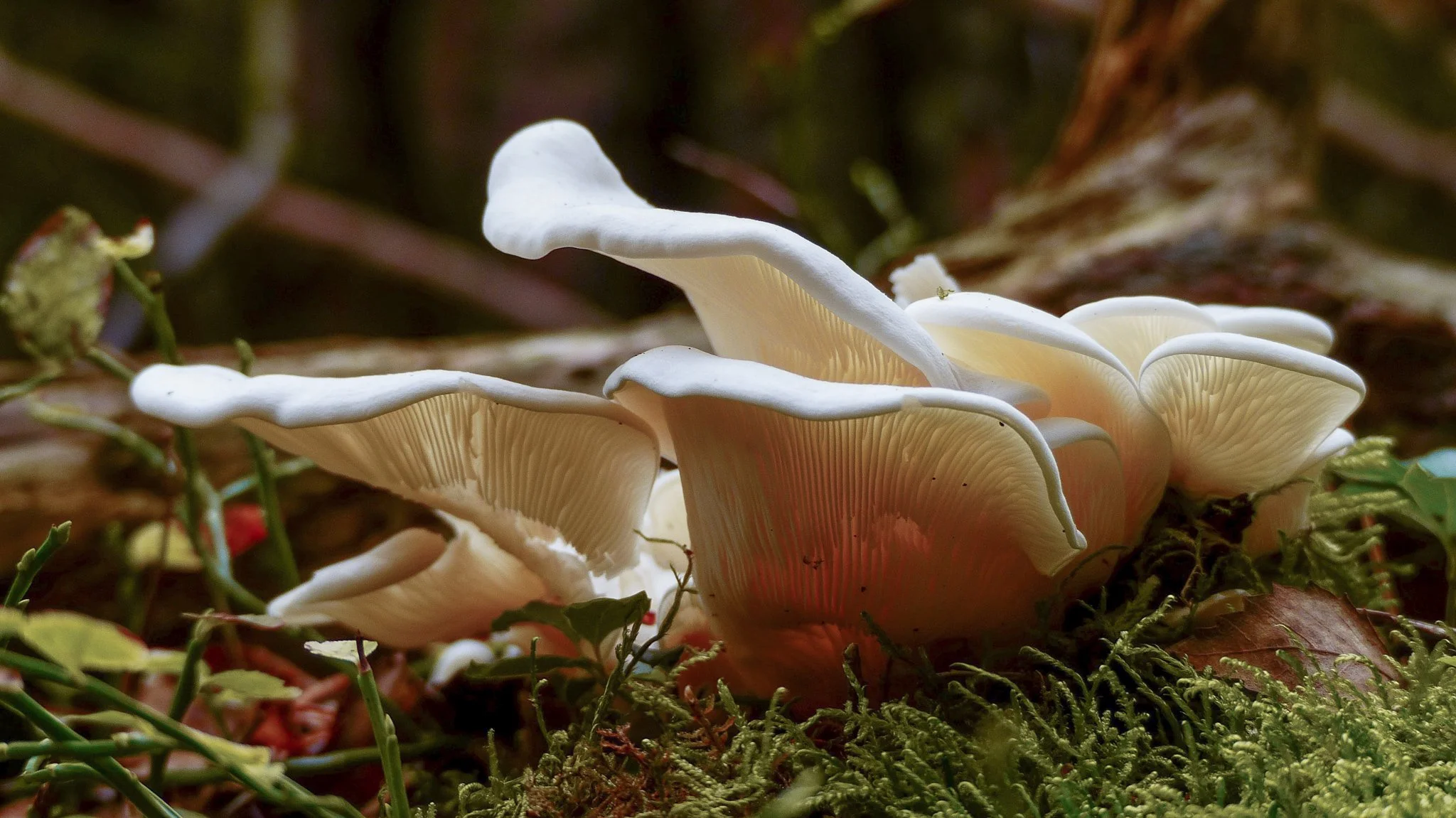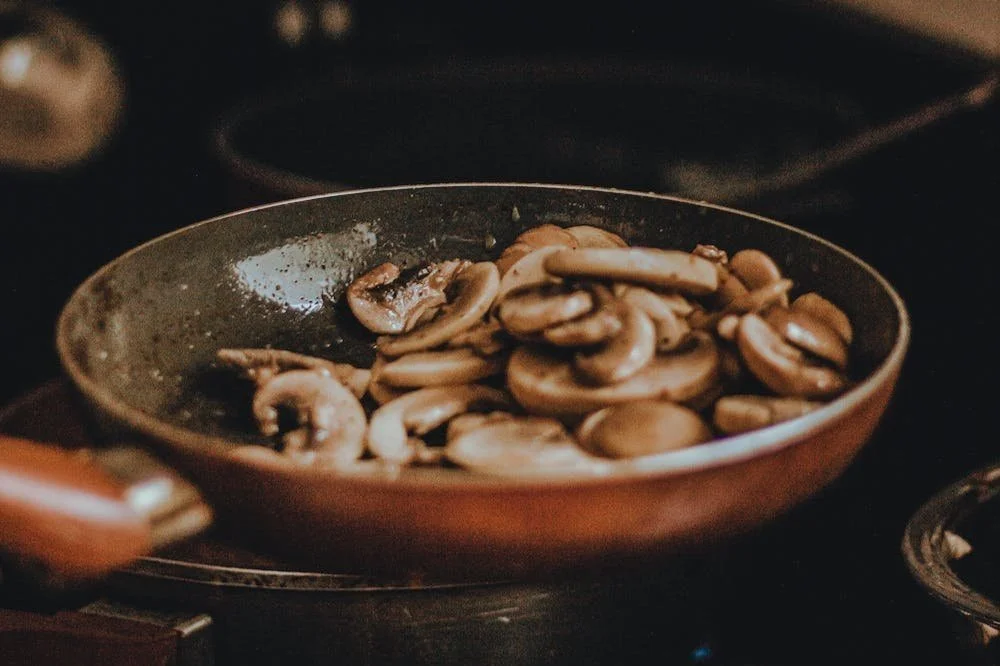Do’s and Don’ts of Mushroom Foraging
As winter arrives, heavy shower visits become more frequent and mushrooms emerge from the warm, still earth. Recent years have seen an increase in mushroom picking hobbyists: it’s fun, fresh, and if you spot edible mushrooms, you score a free dinner.
But the biggest misconception amongst novice mushroom foragers is that it’s easy. Here are some unspoken rules you should know before commencing your first shroom hunt.
Do take the time to learn about mushroom biology
Identifying mushrooms is one of the greatest challenges to mushroom foraging, especially since poisonous mushrooms may appear deceivingly similar to their edible counterparts: consuming the wrong type of mushroom could even result in death.
Before embarking on a mushroom hunt, Royal Botanic Gardens Victoria mycologist Dr Tom May advises patiently researching mushroom biology and classification. He aptly calls this process ‘slow mushrooming’.
“The idea is to think about it like an apprenticeship,” he says.
Do get familiar with scientific names.
Matching up the traits and characteristics under its scientific name leaves the least room for mistake, as opposed to researching using their common names.
Mushroom Tours guide Cameron Russell suggests using all the reference points under the scientific name to identify a mushroom.
Dr Tom May agrees with the sentiment that there are no shortcuts to distinguishing mushrooms from each other.
“The only safe way of collecting wild mushrooms is to know what you’re collecting, and using those scientific names can help do that.”
Do observe your surroundings
Cameron says a good rule of thumb when identifying mushrooms is to consider its surroundings within a 5-metre radius. This includes trees, grass, and other organisms.
“They don’t generally grow on their own,” he says, “They break down on larger pieces of things like wood, or types of poop or soil, and they trade those with other trees.”
That is to say, if you don’t have a particular type of tree, you probably won’t have the particular type of mushroom.
Do get acquainted with poisonous mushrooms
As the saying goes, keep your friends close, but keep your enemies closer. It’s tempting to disregard the imposters – especially if they aren’t what you’re looking for – but studying them is exactly what could prevent a night spent regurgitating on the bathroom floor.
“Get to know the poisonous ones because then, you’ll know what to avoid—and use the same approach with the scientific names.”
Responsible for a majority of the most fatal fungi poisoning cases are the Death Cap, or Amanita phalloides, and Yellow Stainer, or Agaricus xanthodermus: they grow commonly in urban areas, including backyards, parks and gardens. Victims of these silent killers are often those who have yet to read up on toxic varieties, and have mistaken them for edible ones.
Don’t eat a mushroom if you’re not sure what it is.
‘Refrain from eating a mushroom if you’re unsure of its species’ is a well-known golden rule amongst the mushroom foraging community—and for good reason.
In 2019, Victoria’s Poisons Information Centre saw a record number of calls regarding mushroom poisoning incidents. Deputy chief health officer Dr Angie Bone even warns the general public against this hobby: “While commercially-sold mushrooms are safe, poisonings can occur when people gathering wild mushrooms inadvertently include toxic species.”
Don’t go mushroom foraging just for food.
While mushrooms are a feast for the palate, they can also be a feast for the eyes—and the Ghost Fungus, or Omphalotus nidiformis, is a good example.
By day, the lethal nest-shaped fungus closely resembles the widely consumed Oyster Mushroom, or Pleurotus species, and could render inexperienced mushroom foragers susceptible to abdominal pains, diarrhoea, and vomiting. But after dark, it emits a soft phosphorescent glow that’s a sight to behold, especially in clusters.
This poisonous nest-shaped fungus grows on dead wood and decaying trees.
Meanwhile, the Fly Agaric, or Amanita muscaria, is a highly toxic mushroom widely used in pop culture imagery to depict whimsy, like in the Mario franchise and Alice in Wonderland. The toadstool species is most recognisable by its iconic large red cap with white spots; its vibrant hue and distinct pattern renders it one of the most memorable
“It becomes less about what you can forage to eat and more about the experience of what you’re doing and where you are and the people that you’re with,” Cameron says, “Even if it’s just yourself.”
Don’t limit your foraging trips to mushroom picking season.
Though you can be far more certain that there will be clusters sprouting during the typical mushroom picking season, it might be worth having a look around during summer as well.
Mushroom season starts when rain encourages growth of fungi in still warm earth – most commonly April to May – but heavy rains bring blooms of shrooms regardless of time of year.
“If you’re down in Mornington Peninsula and a small storm comes through, you’ll get mushrooms down there, but you won’t get them up around Central Victoria,” says Cameron, “It depends on the weather and where you are.”
Do experiment with what you can make.
When cooking, most would deviate toward the holy trinity of shroom staples: pasta, risotto and pizza. But after the painstaking efforts of manually foraging mushrooms—remember, it requires learning scientific names among other stringent cautionary rules—it might be worth attempting something different.
An easy way to preserve mushrooms for consumption is by pickling them. “All you’ll need is vinegar, salt and sugar,” says Cameron, “And you can add different herbs like star anise, thyme or even basil.”
A step up from pickled mushrooms are dried mushrooms. For this, Cameron recommends slicing them very thinly and drying out in the oven on low, or in a dehydrator.
If you are feeling ambitious, you could even turn the dried mushrooms into mushroom paste or pâté: Pine Mushrooms, or Lactarius deliciousus, puréed with cashews, oil, garlic, and herbs, make a delicious combination.





